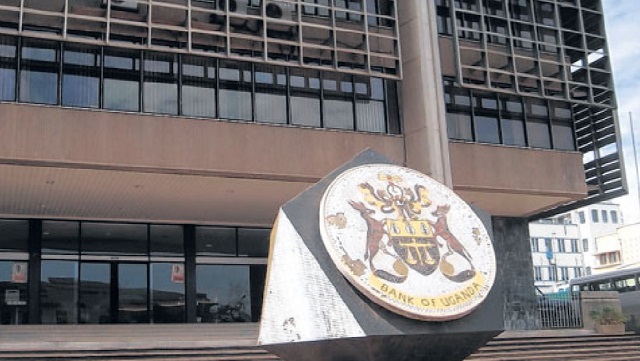
Kampala, Uganda | THE INDEPENDENT | The government programs continue to be impacted by financial pressures this year, amidst dwindling low-cost financial sources and plans to reduce commercial borrowing.
This is a spillover from the large (5.5 percent of GDP) fiscal deficit in 2022/2023 was larger than planned, due to a supplementary budget approved late in the year.
The higher deficit reflected an increase in pensions and gratuities, financial support for distressed state-owned companies, classified expenditures, and co-financing for World Bank local government projects.
“With a larger deficit, a shortfall in external commercial loans, and a delayed approval of the use of the allocated (IMF’s) Special Drawing Rights, the government had to resort to borrowing from the Bank of Uganda, instead of making the planned repayment of the outstanding stock of advances as stipulated in the BoU-MOFPED Service Level Agreement and the PFM Act,” says the International Monetary Fund.
Both current and domestically financed development expenditure was short by about 20 and 70 percent, respectively “as the authorities held off borrowing, hoping that low inflation would help lower domestic borrowing costs in the remainder of the fiscal year,” says the IMF.
This situation is keeping the country in the circle of rising debt, as interest rates also continue rising against domestic revenues, given tight global financial conditions.
This is according to the lender, in its report on the concluded Fifth Review under the Extended Credit Facility Arrangement for Uganda and Request for Modification of Performance Criteria.
The IMF notes that the authorities are committed to delivering the same fiscal consolidation this year as agreed in the 4th review, but there are doubts because of the need to spend on ailing parastatals.
“Further consolidation in 2023/2024 is difficult as many enterprises are still recovering from the impacts of the COVID-19 pandemic and, projects that were inadvertently omitted from the original 2022/2023 budget or previously approved by the Parliament could not be postponed.”
Fiscal consolidation involves reduced overspending and taming debt accumulation.
According to the Ministry of Finance, Planning and Economic Development, the 2023/2024 fiscal consolidation was expected through revenue measures agreed with IMF, namely tax administration reform and rationalization of VAT and income tax exemptions.
Others were additional tax policy measures expected to yield savings worth 0.6 percent of GDP and, a reduction in current spending and domestically-financed capital spending yielding savings worth 1.3 percent of GDP.
However, the IMF says this is partly countered by higher externally financed development spending.
It is expected that over the medium term, the fiscal deficit will improve to around 3 percent of GDP, boosted by oil revenues expected in 2025/2026.
While the debt level is expected to rise by 2 percent, the ministry and IMF do not see it going beyond 50 percent of GDP this year, and it should decline further to 44 percent by 2028/2029.
The revised fiscal spending plan relative to the IMF 4th review shows a continued decline in current spending, in 2023/2024 on account of lower non-wage primary spending, while capital spending is expected to slightly increase by 0.2 percent of GDP.
Social spending, which was expected to increase as a share of domestically financed spending under the program, is expected to remain flat this year.
The government is also finding it hard to utilise donor funds since donor support in social sectors has increasingly moved away from budget support to off-budget support.
The authorities explained to the IMF team that the need to absorb sizable off-budget donor support and capacity constraints at the local level continue to cause underspending of on-budget social spending.
They plan to investigate the causes of capacity constraints and seek IMF intervention if needed.
The government through the ministry and BoU has committed to new conditionalities to fortify their commitment to deliver the envisaged fiscal consolidation and avoid a repeat of fiscal slippage in future.
To ensure achieving the overall fiscal target of 3.8 percent, they have identified contingency measures worth 0.5 percent of GDP, should unforeseen spending pressures or risks arise, including the postponement of non-priority spending.
The government plans to meet most of the financing needs for this financial year domestically, by borrowing around 3½ percent of GDP in the domestic market.
The IMF report says that the domestic financial system has adequate liquidity to absorb this demand “although large financing needs are likely to keep domestic interest rates high and if continued, could potentially crowd out credit to the private sector in the medium-term.
External borrowing is expected at around 0.8 percent of GDP, mostly from commercial banks, to finance both the budget deficit and repayments of the BoU advances.
Of the total stock of outstanding BoU advances of 4.8 trillion shillings, the authorities plan to have repaid 3.5 trillion trillion by the end of this year, and the balance remainder in the next fiscal year.
******
URN
 The Independent Uganda: You get the Truth we Pay the Price
The Independent Uganda: You get the Truth we Pay the Price

